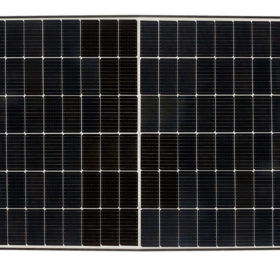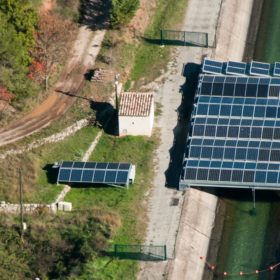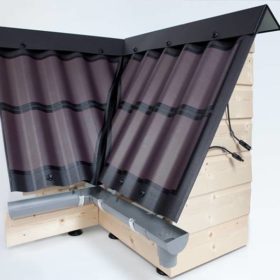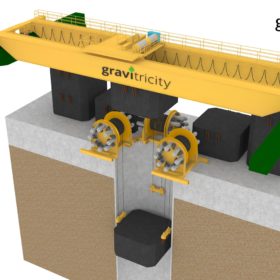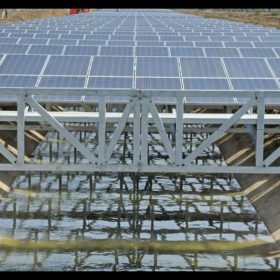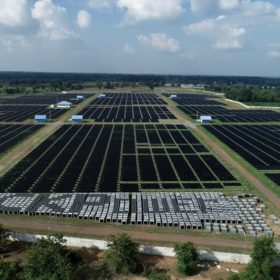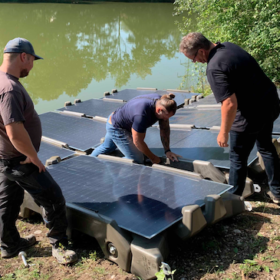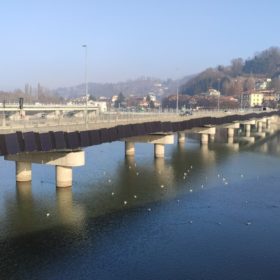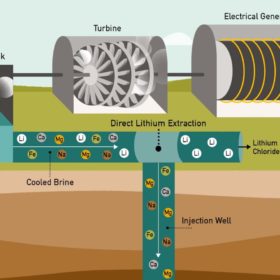Tindo Solar launches 545W solar panel for utility-scale applications
Australia’s only solar panel manufacturer, has launched its first module designed specifically for utility-scale projects, the 545W Karra module. Australia-made, the module boasts a 23.1% cell efficiency with a low cell-to-module loss rate of 0.07%.
France’s Provence Canal to host 12MW of solar
One of France’s largest canal networks is set to host four PV systems totaling 12MW of generation capacity. The arrays are expected to occupy a total canal surface with a length of 5,420m and to generate a total of 19GWh per year.
Solar foil for BIPV applications
HyET Solar and the Delft University of Technology are developing a photovoltaic foil technology that is claimed to be suitable for any type of surface. The solar foil has a 12.0% conversion efficiency and is based on hydrogenated amorphous silicon and nanocrystalline silicon in a tandem cell configuration.
Gravitricity to build 4MWh gravity-based storage facility on UK brownfield site
British start-up Gravitricity secured funds from the UK Department of Business Energy & Industrial Strategy (BEIS) to build its second gravity-based storage project. The feasibility study is expected to be finalized by the end of this year.
India’s NTPC explores canal-top, floating solar potential
NTPC has invited bids to carry out a feasibility study for canal-top, elevated module mounting structures and floating solar at its Tanda thermal power station in the Ambedkar Nagar district.
Thailand’s CK Power set to double in size through 2.8GW renewables investment
One of Southeast Asia’s biggest generators of renewable electricity, Thailand’s CK Power, is set to double in size over the next three years after announcing plans to add 2.8GW of new renewable electricity generation, including a ten-fold increase in its solar capacity.
New floating PV mounting structure from Austria
The floater consists of a structure made of HDPE plastic which is claimed to withstand waves of up to 3m and currents of up to 2m/s. According to the manufacturer — Austrian tech company SolOcean — the floating structure can be used for either onshore or offshore projects.
Single-row PV array comes online along Italian bridge
A 300m long PV system with a capacity of 71.5 kW has been deployed along a bridge crossing the Pò river in San Mauro Torinese, in northern Italy. The project was tendered by the municipality in June.
LG exits solar module business
The Korean manufacturer said its solar module business will be closed by the end of June. It blamed uncertainties in the global solar industry for its decision.
Lithium beneath California’s Salton Sea
The geothermal field beneath California’s Salton Sea contains brine that may hold from one to six million metric tons of lithium, an essential element for producing batteries. A Berkeley Lab study aims to evaluate the resource.
